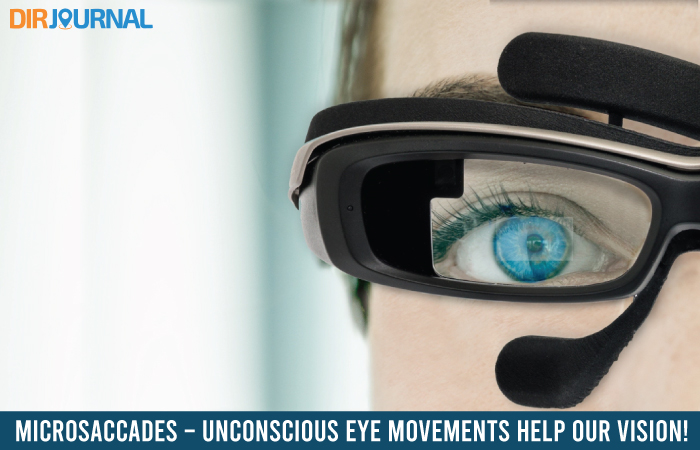Let’s see who can stare the longest without blinking! Scientists have just taken away all the fun out of playing the stare game.
We think we are gazing at some object fixedly without moving our eyes. But scientists say there is nothing like a steady stare, as the eyes continue to move even when we try and fix a gaze on a stationary object.
We may not be able to notice the eye movements, but our eyes are making flickering movements unconsciously thousands of times.
These movements are called microsaccades and are a type of fixational eye movements and occur when we gaze at something fixedly for at least many seconds. This is not only common to humans but also happens in animals with foveal vision.
Fovea is a part of the eye that is located at the center of the retina and is responsible for sharp central vision (foveal vision). This vision is important for reading, watching movies, driving and all activities that require visual detail.
There has been research going on for years about these jerk-like involuntary movements. Experts have long been dismissing these movements as accidental due to invalid nerve signals. This topic was highly debated and still remains unsolved. There was no clear-cut answer as to what sort of fixational eye movements contribute to the vision.
But now these microsaccades are said to be not accidental but essential to maintain visibility and keeping our vision sharp. Without these microsaccades, vision would probably fade away, as their main function is to keep refreshing images on the retina.
A researcher from the Salk Institute in La Jolla, California, Dr. Richard Krauzlis concentrated in understanding the command centre in the brain. This is the centre responsible for tracking objects and is used to scan different columns in a newspaper or track a moving object. He found that these eye movements are controlled by this part of the brain.
Dr. Ziad Hafed from the Salk Institute measured the neural activity in the superior colliculus before the microsaccades and after. He said, “Because images on the retina fade from view if they are perfectly stabilized, the active generation of fixational eye movements by the central nervous system allows these movements to constantly shift the scene ever so slightly, thus refreshing the images on our retina and preventing us from going blind.”
In the study performed on people, the group of people had to look for 10 seconds each at 40 different scenes of animals in their natural environment or landscapes. Their eye movements were traced with an infrared pupil-tracking system.
The conclusion of this study was that – during these unconscious eye movements, the eyes do rest for a fraction of a second on a certain part of the image and this is for the visual cortical neurons to interpret that part of the image and to understand the complete image. When the eyes then land on a different part of the image, the neurons then alter their responses. This has been seen to make the responses sharper. This shows that flickering eye movements are crucial for the vision to remain normal.
The discovery also involved finding out that microsaccades not only help keep vision sharp and prevent blindness. When our gaze is fixed, our attention can shift to any object that attracts our attention and is within the boundaries of our vision. Even after we avert our eyes, microsaccades will keep revealing these objects of attraction because they are biased toward objects that we find attractive. This could be the reason we keep picturing an attractive man or a woman we laid eyes on.
Researchers hope that these findings will help them understand the neural mechanisms better in patients with eye movement deficits. This will help them design neural prosthetics in the future for patients with brain damage as well as perhaps help create machines that can see as well as humans.













